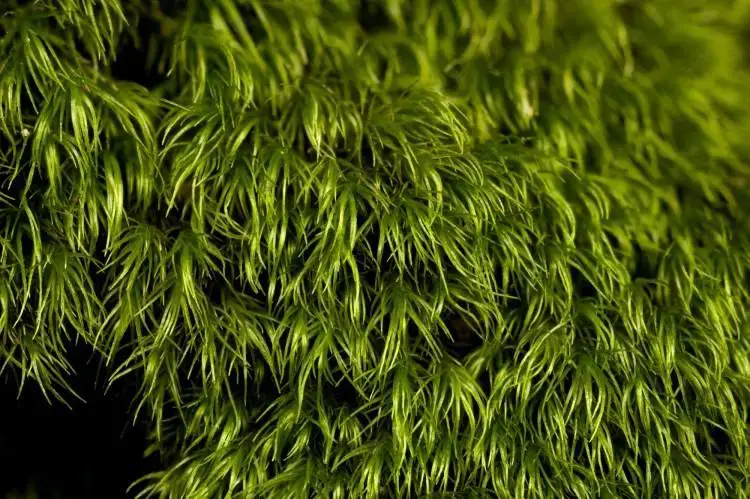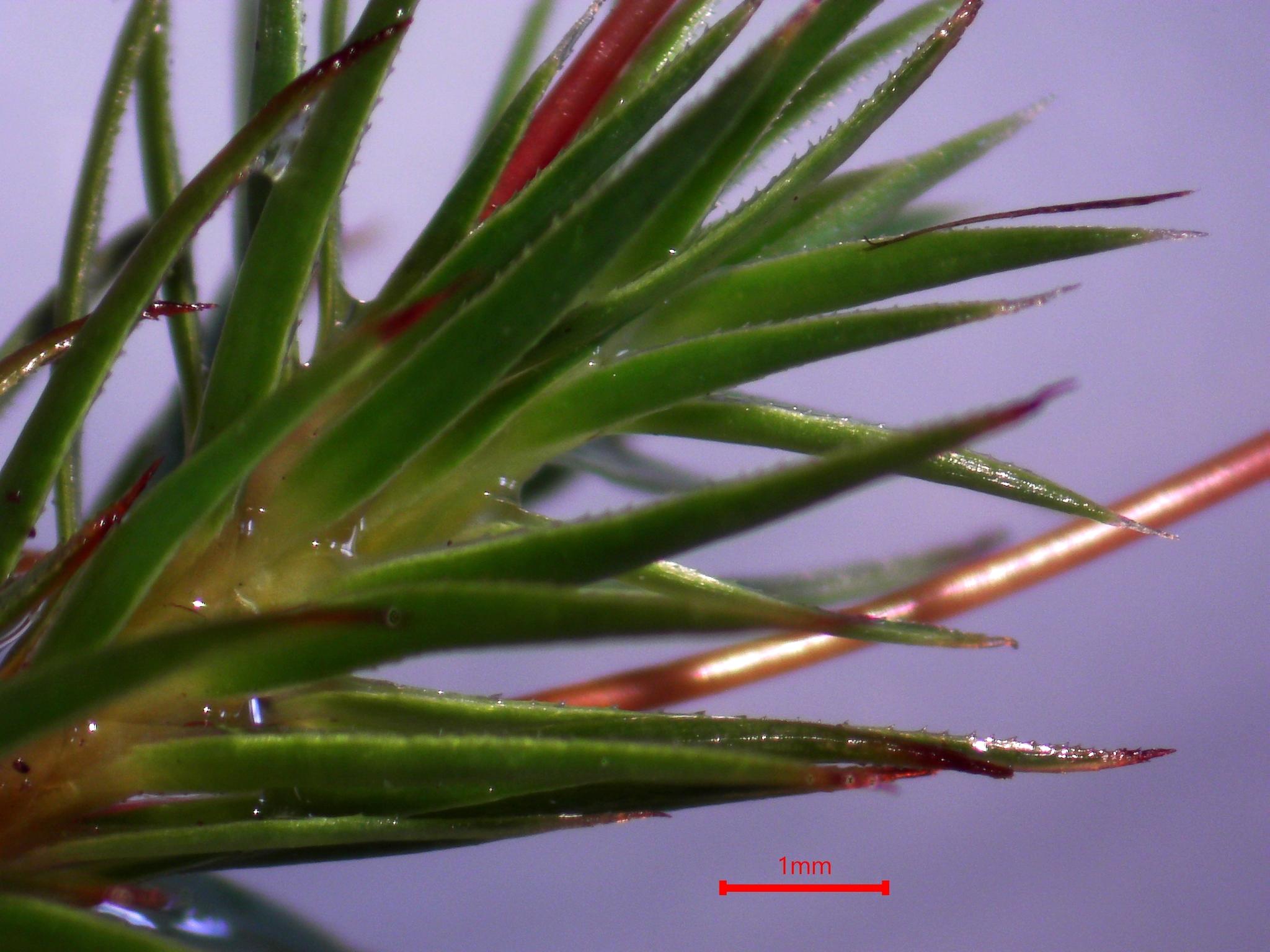
Dicranella-heteromalla-91-750×499.jpg from: https://ohiomosslichen.org/moss-dicranella-heteromalla/
Dicranella brachyblepharis: A Tiny Moss with a Big Story
Introduction
When it comes to the world of bryophytes, there are countless fascinating species to discover. One such hidden gem is Dicranella brachyblepharis (Müll.Hal.) Mitt., a small but mighty moss in the Dicranellaceae family. In this blog post, we’ll dive into the details of this intriguing plant, from its unique morphology to its ecological roles. Get ready to be amazed by the wonders of Dicranella!
Background on Bryophytes
Before we focus on D. brachyblepharis specifically, let’s review some background on mosses. Mosses are non-vascular plants in the division Bryophyta. Unlike other land plants, they lack true roots, stems, and leaves. Instead, they have rhizoids, a stem-like structure called a caulidium, and leaf-like structures called phyllids. Mosses play important roles in ecosystems as pioneer species, water and nutrient cyclers, and habitats for micro-organisms.
Morphology and Identification
Dicranella brachyblepharis is a small, delicate moss that forms loose tufts or mats. Its phyllids

original.jpg from: https://www.gbif.org/es/species/2682901
are lanceolate and typically measure 1-2 mm long. They have a short, stout costa (midrib) that ends below the apex. The laminal cells are short and quadrate to rectangular.
One of the most distinctive features of D. brachyblepharis is its seta (stalk bearing the capsule). The seta is very short, usually less than 2 mm tall. This gives the capsules a “stalkless” appearance, sitting right on top of the phyllids. The capsules are ovoid to ellipsoid and have a rostrate operculum (beaked lid).
Global Distribution and Habitat
D. brachyblepharis has a wide distribution, found in many parts of the world including:
- North, Central and South America
- Europe
- Asia
- Africa
- Australia and New Zealand
This tiny moss is able to occupy a variety of habitats, but especially likes disturbed soils and exposed sites. Look for it along trails, road cuts, eroding slopes, and even on building rubble. It is a pioneer species that helps stabilize bare ground.
Ecological Roles and Adaptations
Like other mosses, D. brachyblepharis plays an outsized role in its ecosystems relative to its diminutive size. It helps retain moisture in the soil, cycle nutrients, and provide shelter for invertebrates. Its spores are dispersed by wind, allowing it to readily colonize new areas.
The short seta of D. brachyblepharis is likely an adaptation to its rugged microhabitats. Keeping the capsules nestled in the phyllids may protect them from damage and desiccation. The beaked operculum allows for controlled spore release.
In Summary
| Characteristic | Description |
|---|---|
| Family | Dicranellaceae |
| Phyllids | Lanceolate, 1-2 mm |
| Costa | Short, stout, subpercurrent |
| Laminal cells | Short, quadrate to rectangular |
| Seta | Very short (<2 mm) |
| Capsule | Ovoid to ellipsoid, rostrate operculum |
| Habitat | Disturbed soils, exposed sites |
| Distribution | Wide (Americas, Europe, Asia, Africa, Australia, NZ) |
Conclusion
Dicranella brachyblepharis may be small, but it is certainly mighty in ecological importance. Next time you’re out on a hike, take a moment to appreciate the miniature world of mosses beneath your feet. Who knows, you may just spot this plucky little Dicranella making its living on a rough and tumble slope. The more we learn about the intricacies of bryophytes, the more we understand how much every species matters in nature’s grand tapestry.